Varieties good for naturalizing on deciduous woods edge
carolinamary
14 years ago
Featured Answer
Sort by:Oldest
Comments (16)
york_rose
14 years agolast modified: 9 years agocarolinamary
14 years agolast modified: 9 years agoRelated Discussions
Need help with edge of woods
Comments (0)IÂm not sure how to phrase or ask the right questions, so please bear with me. The ultimate objective is to provide a natural setting in a suburban area in zone 6b in east Tennessee. Please advise on what to do with the area between the house and the woods: 1. How do I manage the trees that are possible threats to the house? The trees are primarily hickory and oak. The following picture shows part of the area that IÂm trying to landscape. The picture faces east. The trees provide a buffer between the interstate and the house, so I donÂt want to remove too many trees. Removing the deciduous trees and replanting with hemlocks or rhododendron maximas is not an option because of the cost, the slow growth, and the problem with adelgids around here. IÂm trying to stay native. Anyway, if the younger/smaller diameter trees at the edge of the woods were thinned so that no more than approximately 15 feet separate them, would the density be enough to maintain the buffer while allowing enough room for the remaining trees to mature safely? If I do nothing, the competition would result in either many dead trees or limbs growing toward the house. In either case, the roof would ultimately suffer. Not sure yet which eastern red cedars will go; some cedars elsewhere have uprooted. If I girdle the trees to be removed, instead of taking them down, would the decay rate allow the limbs to fall without threatening the house? IÂm considering girdling to save my energy, time, and money. I donÂt think I need to worry about the trunks hitting the house, given the direction the dead trees in the woods have fallen. 2. What should I plant? I intend to plant a serviceberry and native azaleas in the area where the big rock and log pile are. Not sure yet about other under-canopy trees (e.g., buckeye, witch hazel, chionanthus). Maybe ilex glabra or illicium parviflorum? Myrica doesnÂt do well here. Dogwoods are infected, so IÂm avoiding them. Redbuds and maples are too prolific. Thanks you for your time. Any suggestions are appreciated. Image link:...See MoreFirst zucchini = disappointing; good variety for next year?
Comments (28)Based on your recommendations, I ended up buying some Magda seeds (along with Fortex beans, which I've been wanting to try for the last 3 years and am finally just getting around to picking up) from Johnny's last night. I almost bought them from Willhite, but after reading all of the horrible things people were saying about their slow shipping over at DG, I decided against it, even though the seed quantity was far greater. My impatience won out over my frugality, as is often the case. I've grown Tromboncinos the last 2 years and have liked them well enough. They're not my favorite by any stretch of the imagination, but I like their growth habit, they produce a lot of food, and since I don't have a lot of space to grow winter squash, I let some get huge and viola - I have something to roast when it gets cold. For me, they're sort of a Jack of all trades, master of none, but still, they're good enough, and they look so darned cool hanging off my trellis. I'm boring in my cooking preparation. When they're still tender, I cook them as I do zucchini; lightly steamed then sauteed with a little onion, garlic, and olive oil or butter until fragrant. Once they're hardened, I usually peel, chop into 1" cubes, mix with some chopped onion, cayenne, a splash of maple syrup, garlic salt, pepper and whatever else sounds good at the time, and roast 'til most of the liquid disappears. They're much more watery than, say, a butternut, but again, they're also easier for me to grow in my tiny little space, so it's a tradeoff I'm willing to make. I'm hoping the Magdas do well here. I moved away from a colder, foggier part of the Bay about 10 years ago, to somewhere where it gets far, far hotter in the summer months. Powdery mildew seems like what does my squash in every year, but generally not until the very end of the season when I no longer care what happens to them anyway. After reading over and over about how sweet Magdas are, I'm super excited to give them a try. I think I've discovered that "sweet" is pretty much a trait I like in everything I grow; if it's naturally sweet, it just tastes better to me....See MoreRecommended tools for live/natural edge slab tops?
Comments (5)I will first dovetail on what casey said. Hand planes are something that last a lifetime and can be very satisfying to use if they are good quility and you learn to tune and sharpen them. It go's alot smoother if you have a mentor from the begaining to help select good planes. I wouldn't cut a slab just to fit it through a planer. As casey suggested,have someone run it through thier large planer or drum sander. Depending on a few variables slabs can warp or split. That only adds caracter and is easy to remendy if nessary. My favorite method is useing a router because it will do slabs that power planers can't. An example is where the log is split leaving you with a half round that is impossible to power plane but is a piece of cake for a router.. Go to magizine's online like "Wood" and "Fine Woodworking" and search instructions for building nessary sled for router. I find it easier to debark logs with a pressure washer and "TURBO NOZZLE"before taking it to sawmill. If I get a slab with bark intact I usually proceed with project unless bark is already starting to slip. If bark is still intact when project is complete,call it caracter and leave it....See MoreIs redwood timber a good idea for landscape edging?
Comments (13)Thank you all for your responses and input. It has really validated a lot of what I was sensing. Funny thing is that the contractor said this is redwood. He then went on to say its been treated. Of all the research I've done alongside with your comments, its clear to me that redwood is not treated since its naturally rot resistant. So as of now with my insistence that this be addressed, he'll come by after the holidays and we can talk about the other options. I'll be curious if he continues to insist this is redwood. I'm okay if I have to pay a little extra for actual redwood (its only about 30 ft of border) since I really can't have this issue. I have a young toddler and we did this project so she can have a safe play space. And Derviss Design, there was NOTHING spelled out in my proposal. It was written in short-hand and we asked for so much clarification from the start. We were promised everything would be answered the first day on the job but nothing was ever detailed out or written out for that matter. That's definitely my mistake. I shouldn't have trusted the 5-star yelp reviews without listening to my gut....See Moreyork_rose
14 years agolast modified: 9 years agocarolinamary
14 years agolast modified: 9 years agognabonnand
14 years agolast modified: 9 years agobuford
14 years agolast modified: 9 years agoyork_rose
14 years agolast modified: 9 years agomeredith_e Z7b, Piedmont of NC, 1000' elevation
14 years agolast modified: 9 years agocarolinamary
14 years agolast modified: 9 years agoyork_rose
14 years agolast modified: 9 years agocarolinamary
14 years agolast modified: 9 years agomeredith_e Z7b, Piedmont of NC, 1000' elevation
14 years agolast modified: 9 years agocarolinamary
14 years agolast modified: 9 years agognabonnand
14 years agolast modified: 9 years agocarolinamary
14 years agolast modified: 9 years ago
Related Stories

GARDENING GUIDESPrunus Virginiana Thrives Under Deciduous Trees
Plant chokecherry for showy white flowers favored by native bees in spring, and to provide nesting habitat and food for birds
Full Story
GARDENING GUIDES6 New Plant Varieties That Beat Out Their Parents
With better resistance and fewer demands, these garden beauties are worth a spot on your wish list
Full Story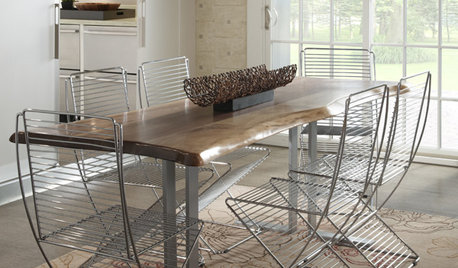
REMODELING GUIDESLoving Wood's Live Edge
8 ways to use more of a tree's natural beauty in design
Full Story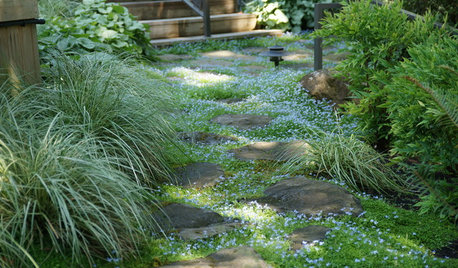
LANDSCAPE DESIGNWhy the Art of Restraint Is So Good for Your Garden
Drifts of naturalized plantings offer the perfect inspiration for your home landscape
Full Story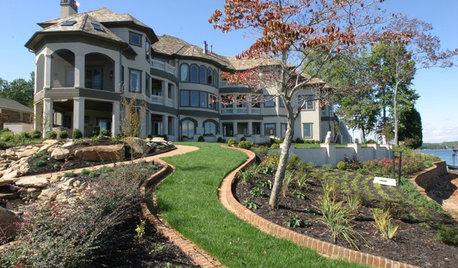
GARDENING AND LANDSCAPINGGarden Edging: Clean Lines for Your Landscape
Brick, Metal, Wood or Concrete Edging Helps Keep Your Garden In Shape
Full Story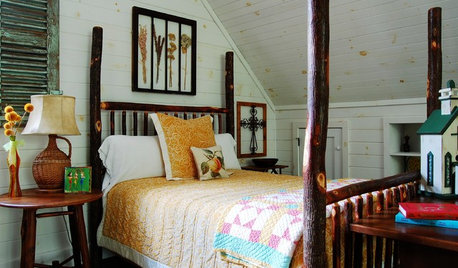
DECORATING GUIDESBring Nature Indoors With Tree Stumps, Trunks and Logs
Furniture formed from wood in its natural state adds earthy elegance to any room
Full Story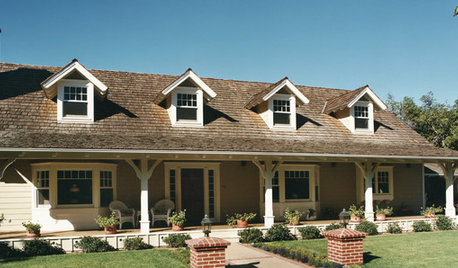
ROOFSNo Substitute for the Natural Beauty of Wooden Roof Shingles and Shakes
This natural, renewable roof option brings weathered character and nostalgic appeal to traditional-style homes
Full Story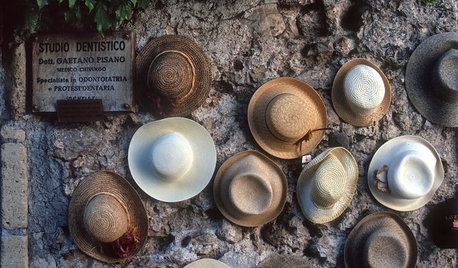
COLORNature’s Color Wisdom: Lessons on Earth Tones From the Great Outdoors
Look to the land for hues that are grounding, soothing and endlessly versatile
Full Story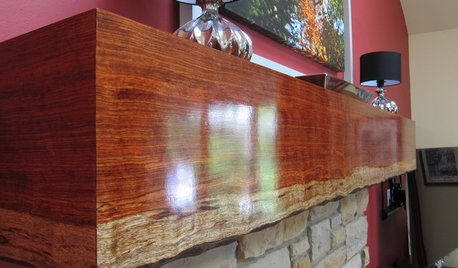
DECORATING GUIDESMantel Makeover: From Builder's Grade to Live-Edge Wood
See how an all-wrong mantel became a gorgeous fireplace focal point at the hands of an interior designer and her carpenter
Full Story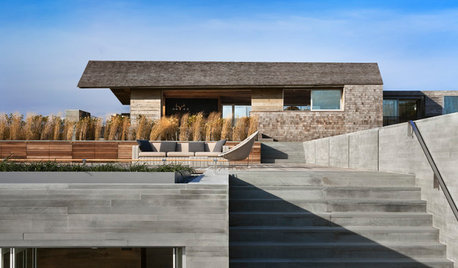
MATERIALSDesign Workshop: Natural Wood Siding Minus the Maintenance
No need to worry about upkeep when you choose wood that embraces weathering
Full StorySponsored



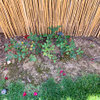

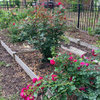
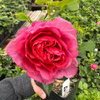
hartwood